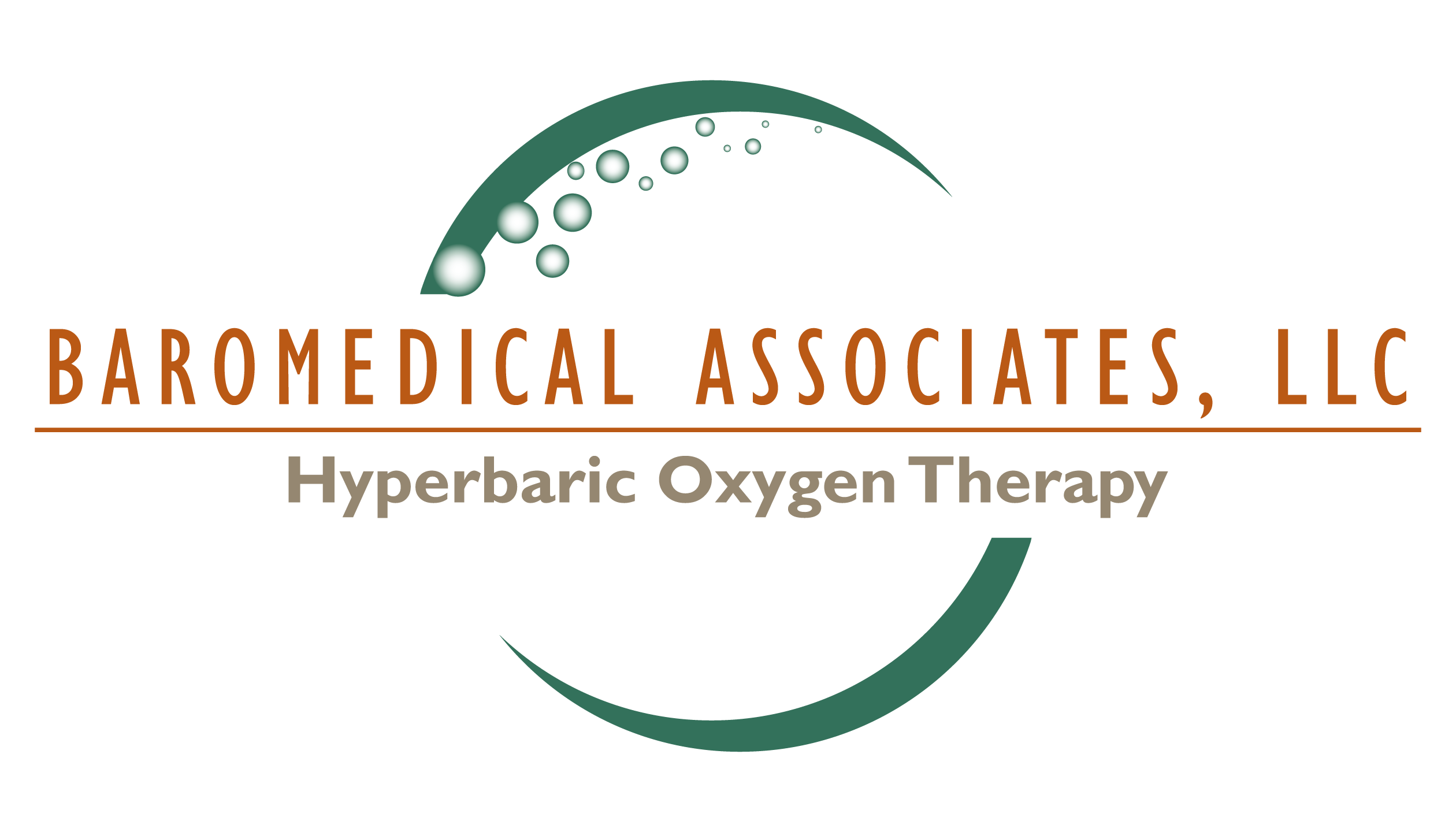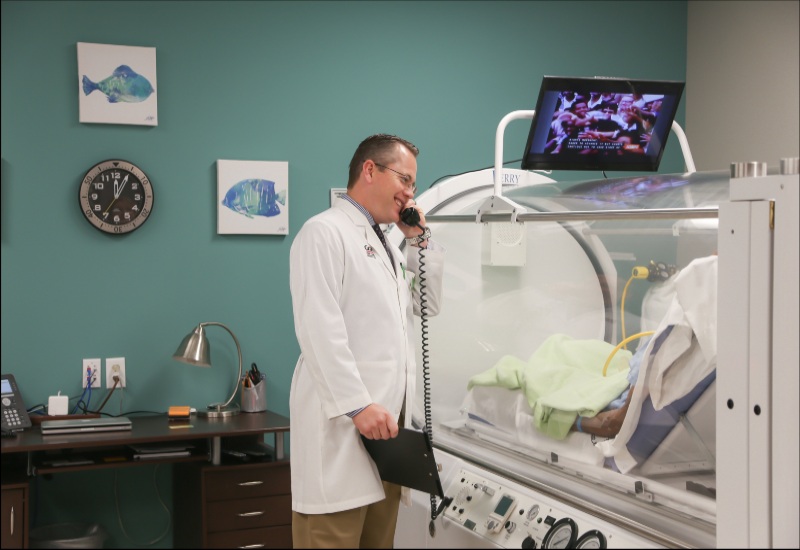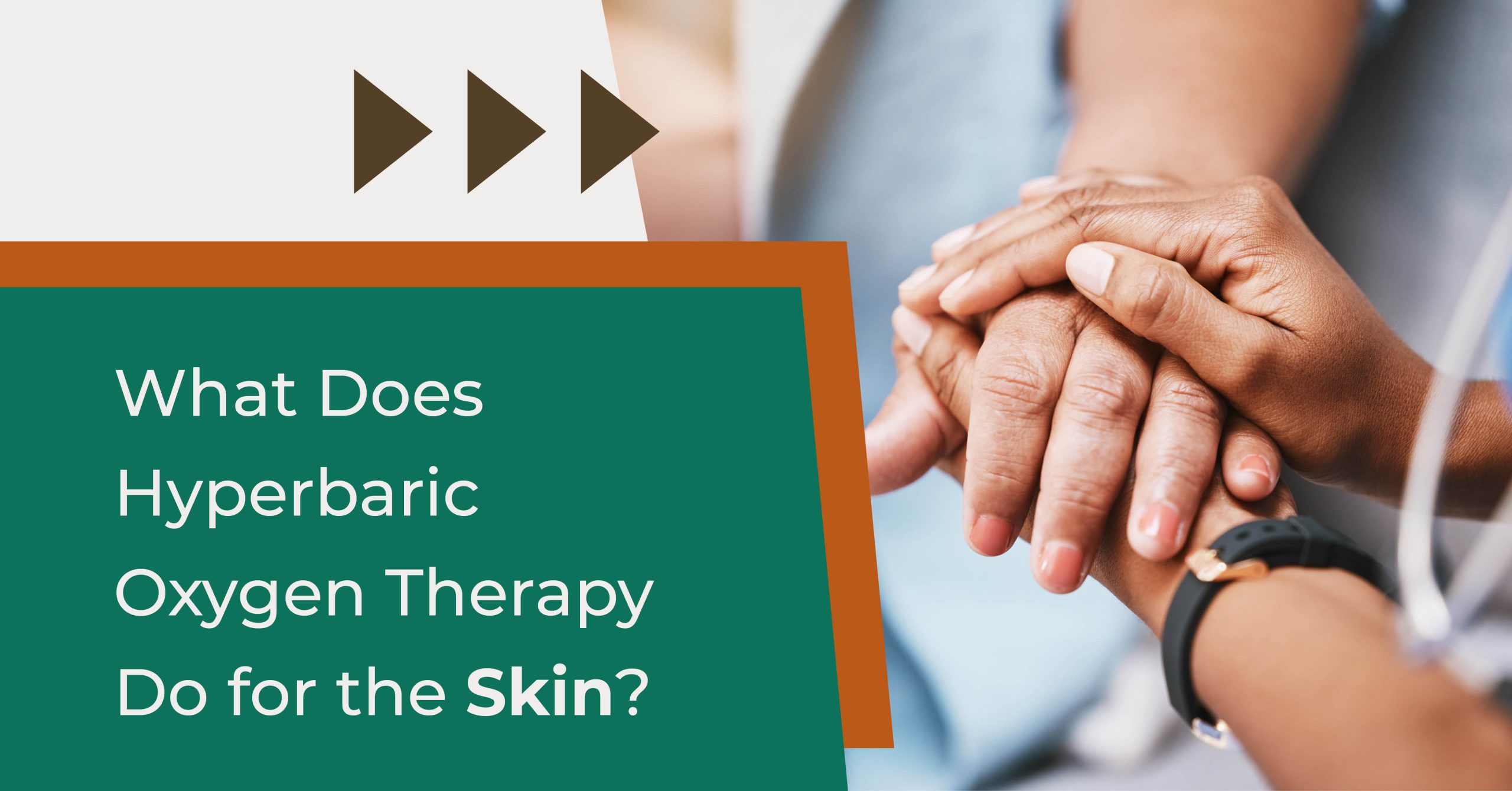It is important to consult a healthcare professional specializing in diabetic wound care to determine the most appropriate treatment. In addition to HBOT, there are common options for diabetic wounds:
- Wound Debridement – This involves removing dead or infected tissue from the wound to promote healing. Debridement can be done through various methods, such as surgical, mechanical, enzymatic, or autolytic debridement.
- Infection Management – Diabetic wounds are prone to infections, so managing bacterial or fungal infections is crucial. This may involve topical or systemic antibiotics, antifungal medications, or other antimicrobial therapies.
- Offloading – Offloading techniques aim to relieve pressure from the wound area to facilitate healing. This can be achieved through specialized footwear, braces, or orthotic devices that redistribute weight and reduce pressure on the affected foot or area.
- Dressings and Wound Care Products – Numerous dressings and wound care products are available for diabetic wound management. These may include hydrogels, foams, alginates, films, or specialized dressings designed to provide a moist and conducive environment for wound healing.
- Compression Therapy – Compression therapy is commonly used for diabetic leg ulcers and aims to improve circulation, reduce swelling, and promote healing. Compression stockings or bandages are applied to the affected area to facilitate proper blood flow.


